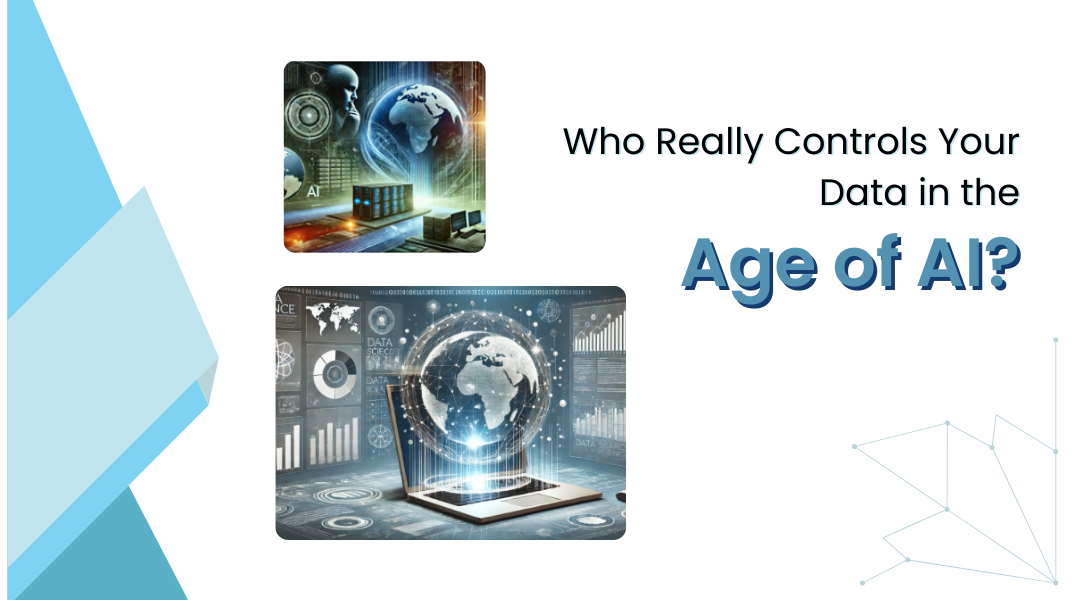We’ve all had that moment—asking a voice assistant for the weather, letting an app recommend our next song, or watching a website auto-fill our search before we finish typing. It’s convenient, sure, but here’s the uncomfortable truth: every interaction feeds the machine. The data you generate doesn’t just vanish after you close the app. It becomes part of an AI’s training diet, shaping how these systems evolve. The real question isn’t just how smart these tools are, but who profits from the breadcrumbs you leave behind.
Companies love to talk about “personalization,” but rarely spell out the fine print: your clicks, voice recordings, and even typos are repurposed to refine algorithms. True transparency means clear consent—not buried terms of service, but plain language about where your data goes and who gets to use it. If you wouldn’t hand a stranger your journal, why should an AI get a free pass?
How AI Actually Works: The Hidden Recipes Behind the Magic
Forget the hype. At its core, AI isn’t some mystical brain—it’s a collection of carefully crafted algorithms, like a chef’s playbook for decision-making. Need to filter spam? There’s an algorithm for that. Predicting stock trends? Another one. Ever noticed how Spotify’s “Discover Weekly” seems to read your mind? That’s not intuition; it’s a well-tuned algorithm dissecting your past skips and repeats.
But here’s the catch: not all algorithms are created equal. Picking the wrong one is like using a blender to chop onions—it’ll work, but badly. Take Netflix’s recommendation engine. Early versions kept pushing sequels to viewers who’d barely finished the first movie. Why? The algorithm assumed completion meant obsession. Refining that logic took trial, error, and a lot of frustrated binge-watchers.
Training AI: Why More Data Isn’t Always Better
Imagine teaching a kid to ride a bike—but only letting them practice in a straight, empty hallway. They’ll ace that hallway, but the second they hit gravel or a turn, they’ll wipe out. AI faces the same problem. Feed it thousands of cat photos, and it’ll spot a tabby flawlessly—until someone shows it a hairless Sphynx, and suddenly, the system’s stumped.
This is why testing matters as much as training. A medical AI might diagnose textbook cancer cases perfectly, but real patients don’t follow textbooks. If the system hasn’t seen enough rare or edge-case scenarios, its confidence can be dangerously misplaced. Overfitting—when AI memorizes instead of learns—is the silent killer of real-world usability.
Design Matters: When AI Feels Human (And When It Doesn’t)
The best AI disappears. Think about Google Maps rerouting you around traffic without a single prompt, or your phone unlocking just by recognizing your face. The tech fades into the background because the interface feels effortless.
But get the design wrong, and frustration follows. Ever yelled at a chatbot for misunderstanding a simple request? That’s not AI failing—it’s bad UX. The gap between “Hey Siri, call Mom” and “Hey Siri, no, not my coworker—my mother” is where human-centered design makes or breaks the experience.
Neural Networks: The Messy, Brilliant Brains of AI
Neural networks don’t “think” like humans, but they do learn in oddly familiar ways. Picture a toddler pointing at every furry creature and yelling “DOG!” until someone corrects them: “No, that’s a squirrel.” The kid adjusts. Neural networks do the same, tweaking their internal connections with each mistake.
These systems power everything from detecting credit card fraud to generating surreal digital art. But they’re far from perfect. Train a facial recognition system mostly on one ethnicity, and it’ll struggle with diversity. Use biased hiring data, and the AI will parrot those biases. The scariest part? Even engineers often can’t fully explain why a neural net makes certain calls—hence the “black box” rep.
Why AI Still Needs a Human in the Loop
AI might spot a tumor in an X-ray faster than a radiologist, but it won’t notice the patient’s history of false positives. It can write a passable news article, but it’ll miss sarcasm or cultural nuance. The lesson? AI is a tool, not a replacement.
Consider self-driving cars: they’re phenomenal at avoiding obstacles—until they encounter a plastic bag drifting across the road. A human knows it’s harmless; the car might slam the brakes unnecessarily. Context is everything, and that’s where human oversight bridges the gap.
The Bottom Line: Smart Tech Demands Smarter Ethics
AI’s potential is staggering, but so are the pitfalls. Ownership of data, accountability for biases, and designing for real people—not just efficiency—are non-negotiables. The next wave of innovation shouldn’t just ask, “Can we build this?” but “Should we?”
The future isn’t about humans versus machines. It’s about shaping technology that amplifies our humanity—without exploiting it.
